(NLDO) - The James Webb Space Telescope has observed five objects that could be the earliest star clusters present in the Cosmic Dawn period.
According to Live Science, a team of scientists used James Webb to successfully observe five dense globular clusters in the ancient galaxy "Cosmic Gems".
The Cosmic Gems are seen as an arc of light, often referred to as the "cosmic Gem arc", which existed just 460 million years after the Big Bang.
Therefore, the five newly observed primordial globular clusters may represent the first objects to emerge from the original "chaos" of the universe, now 13.8 billion years old.
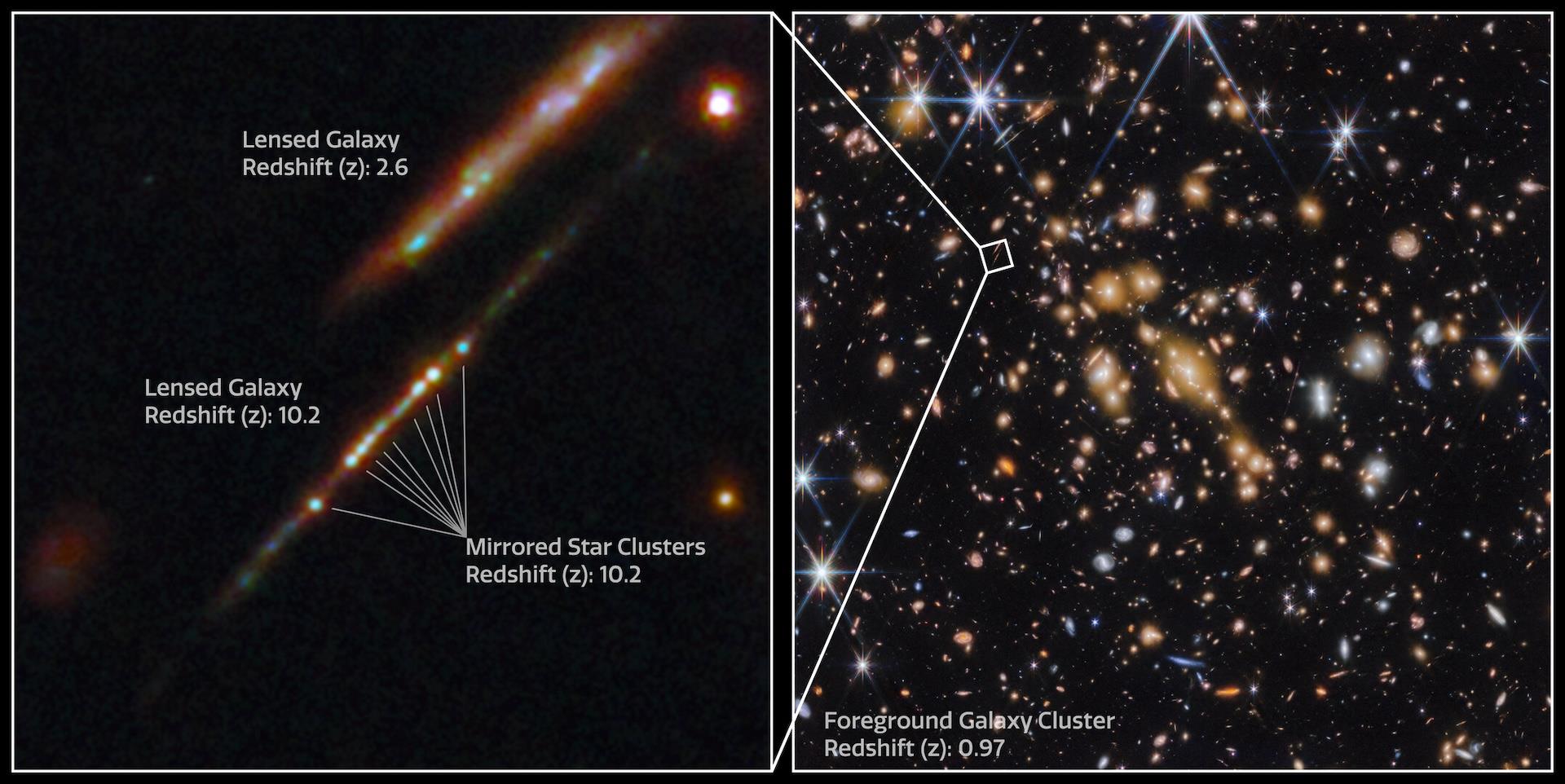
Globular clusters within the Cosmic Gems galaxy are seen magnified by a foreground lens galaxy - Image: NASA/ESA/CSA
According to Dr. Angela Adamo from Stockholm University (Sweden), the first author of the article published in the scientific journal Nature, it was a lucky observation thanks to the gravitational lensing effect.
Light takes a time proportional to the distance to reach Earth, so what we are seeing of a primitive object is an image of that object in the past, in its past position, before it was pushed so far away by the expansion of the universe.
Still, observing an object more than 13 billion light-years away is a challenge even for James Webb.
However, a massive galaxy named SPT-CL J0615-5746 happened to be located right between our galaxy and the Cosmic Gems, becoming a giant magnifying glass to magnify the ancient galaxy, increasing James Webb's power.
Objects like SPT-CL J0615-5746 are known to astronomers as gravitational lenses, because the galaxy's enormous gravity warps spacetime, bending the light passing through it, thereby causing the magnification effect.
This effect has caused the Cosmic Gems to become less visible as a normal galaxy, and its light is distorted, causing the galaxy to appear as a circular shape. Most importantly, however, it has become large enough to clearly see the five globular clusters within.
Globular clusters are dense clusters of stars, bound together by strong gravity, which helps the stars live longer. Therefore, globular clusters become the "fossils" of the universe that scientists are always hunting for.
The star clusters within the Cosmic Gems are extremely dense, about three orders of magnitude denser than star-forming regions observed closer to Earth.
These globular clusters are the oldest ever observed, although it is not certain that they were the first globular clusters to form in the universe.
Yet they provide surprising evidence that star formation was actually very robust in previously thought-to-be simple, tiny galaxies during the Cosmic Dawn—the first billion years after the Big Bang.
It is clear that from this early time, cluster star formation was taking place.
"To form massive primordial globular clusters, the host galaxy needs to be able to create and retain enough gas mass. So it all depends on the growth rate of the primordial galaxies," said Dr. Adamo.
It's a new piece of evidence that supports a theory that has become increasingly accepted in recent years, ever since James Webb: The universe's first few billion years of life evolved very vigorously, rapidly, and complexly, even much faster than it is today.
Source: https://nld.com.vn/phat-hien-bau-vat-hon-13-ti-nam-tu-vong-cung-da-quy-vu-tru-196240625165013418.htm


![[Photo] Prime Minister Pham Minh Chinh chairs a meeting of the Government Standing Committee to remove obstacles for projects.](https://vphoto.vietnam.vn/thumb/1200x675/vietnam/resource/IMAGE/2025/10/06/1759768638313_dsc-9023-jpg.webp)



![[Photo] Prime Minister Pham Minh Chinh chaired a meeting of the Steering Committee on the arrangement of public service units under ministries, branches and localities.](https://vphoto.vietnam.vn/thumb/1200x675/vietnam/resource/IMAGE/2025/10/06/1759767137532_dsc-8743-jpg.webp)

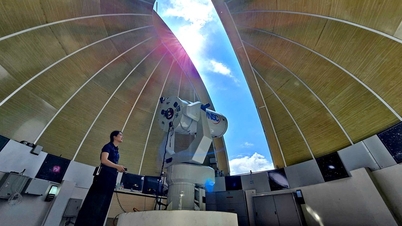



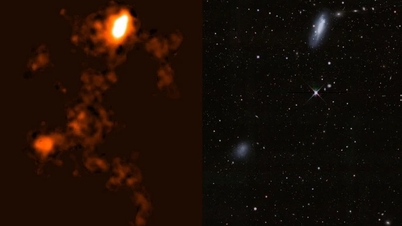

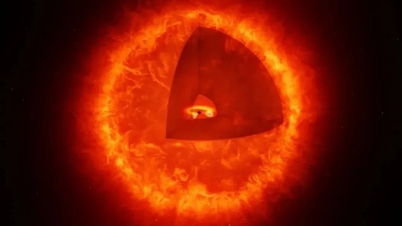


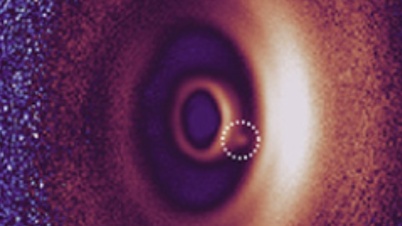

























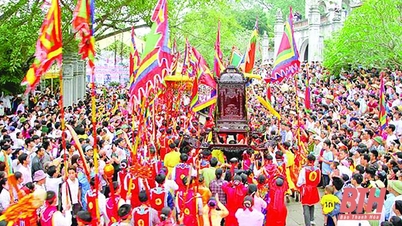































































Comment (0)